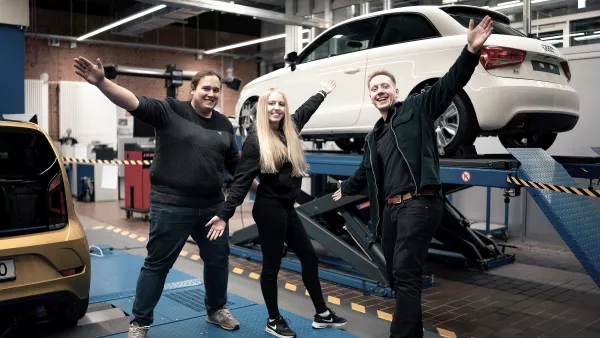Profile
From ther roller dynamometer for the complete vehicle to microcontroller boards, the automotive engineering laboratory offers a wide range of modern technology that makes the theoretical content of your study program "tangible" through practical learning units.
Using a modern powertrain concept as an example, you can already see the need for the knowledge you have acquired during your basic study. You need knowledge of electrics, electronics and mechanics to design the drive, you need IT tools to evaluate measurement data and adjust systems, you need measurement and control technology to integrate and adapt mechatronic systems, you need materials science, mechanics and construction to design components solid and safely and, last but not least, you need mathematics, the language that makes the answers of physics understandable to you. Our aim is to lay these fundamentals and create cross-connections from them.
The laboratory infrastructure is also available for projects related to automotive engineering, such as Formula Student, student projects and final degree theses.
Contact roller dynamometer: Laboratory foreman Thomas Frei ( frei@rwu.de )
Laboratory Equipments and core teaching topics

Powertrain
Modern MAHA MSR 500/4 all-wheel drive roller dynamometer for single-axle/all-wheel drive vehicles with up to 520 kW/1040 kW wheel power and a top speed of 300 km/h
Cooling air flow with 33000 m³ air flow per hour
Determination of the engine power
Determination of tractive force curves
Carrying out realistic driving simulations taking into account driving resistances
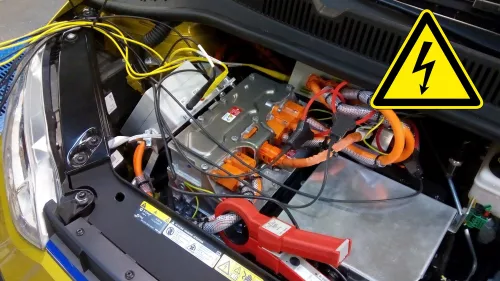
Electrified Powertrain
Electrical power determination using ZIMMER LMG 671
Mechanical power determination using the roller dynamometer
Determination of power losses
Determination of electrical and mechanical efficiencies
Calculation of driving resistances
Conclusion on driving performance and efficiency
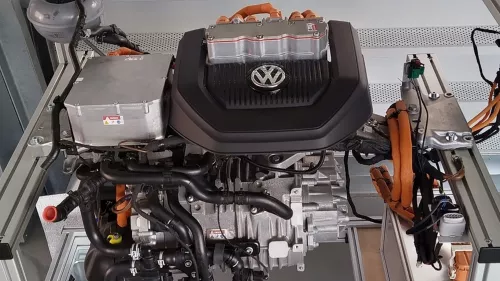
High-voltage training setup
High-voltage system structure of the VW E-Golf/e-up! mounted in a freely accessible location
Qualification of the participants according to level 1E (FuP) DGUV I 209-093
Analysing the electrical power flow from the battery to the electric motor
Insight into the professional and safety-related work processes of a Skilled Electrical Peron
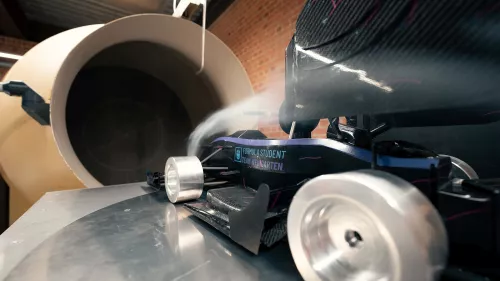
Vehicle aerodynamics
Inflow of a vehicle model in the wind tunnel
Consideration of the flow conditions around the vehicle model
Analysis of the forces acting on a vehicle in an airflow
Determination of aerodynamic parameters
Design criteria of modern vehicles
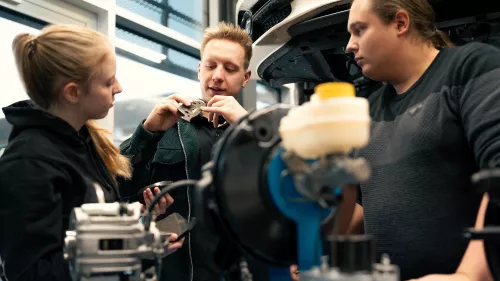
Brake technology
Design and function of modern car brake systems
Consideration of the chain of effects from the pedal force to the wheel braking force on the vehicle and on the component structure
Determination and calculation of design-relevant variables
Carrying out a brake efficiency test in accordance with § 29 StVZO using an HU adapter on the brake test bench

Chassis technology
Continuous measurement of toe and camber of the FA over the total wheel travel
Investigation of the whee travel kinematics
Exemplary determination of the wheel travel curve based on the logged measured values
Conclusion on driving behavior and design criteria of mass-produced vehicles
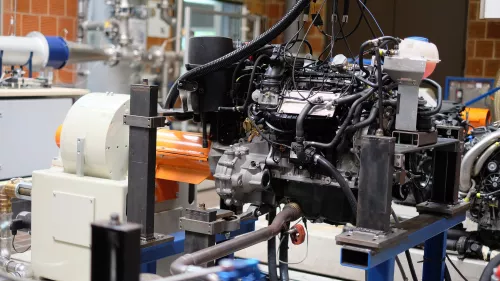
Engine test benches
ECU calibration using the INCA (ETAS) calibration, measurement and diagnostics software tool
Engine application using an in- cylinder pressure measuring chain from AVL
Analysis of the combustion process based on the internal cylinder pressure curves
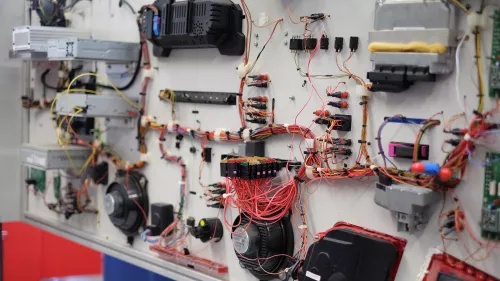
Electrical- and bus systems
Electrics, from the power generation to management systems
Basics of digital bus systems
Analysis of bus communication on the physical level
Test and analysis of data traffic using the CANoe developer tool from VECTOR
Configuration and implementation of a residual bus simulation
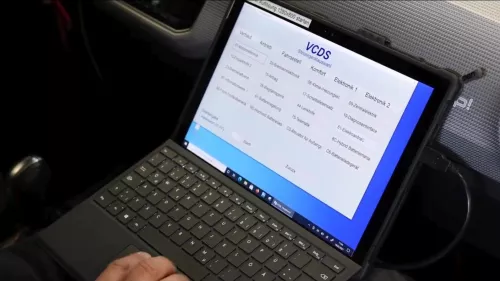
Vehicle diagnostics
OBD diagnostics using AVL and VCDS diagnostic software
Dispaly of project-related parameters
Display and analysis of vehicle data
Carrying out actuator tests

Microcontroller programming
Microcontroller basics (structure, functions, pinout)
Programming exercise examples
Designing an own circuit board using a graphical layout editor
Assembly and programming of the self-made circuit board
Contact & People
General contact details
| Phone | |
|---|---|
| Room | H 057 |
| On campus |
Building H (main building)
Doggenriedstrasse 70
88250 Weingarten |
| Postal address |
RWU Hochschule Ravensburg-Weingarten University of Applied Sciences Automotive engineering and mechatronics P.O. Box 30 22
88216 Weingarten Germany |
Laboratory manager


Laboratory team
- Building H (main building)
- Room H 057
